The original building was built in 1913 and served as the council chambers until 1920 when the property was sold to James and Florence Morris and their daughter Maisie.
In 1980, when Maisie died, her final wish was for the house to become a museum. Fairfield Historical Society lobbied council, who bought the property and the museum became a reality.
Since then, several old buildings have been relocated here, creating the working village in the ground, very popular with school groups.
There is also an art gallery here specialising in textile exhibitions.
It was the "Quiltessence II" exhibition that brought me here this week,
I've been meaning to photograph the village for some time, and didn't really pick a great moment, as a visiting school group was all over it, so I had to try and avoid the children, sad indictment of today when you have to avoid photographing children in public.
This first photo is looking down the main street of the village
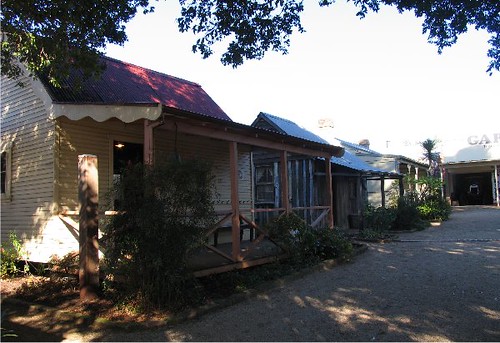
This is a collection of old machinery

The first building along the street is the Victoria Street Schoolhouse
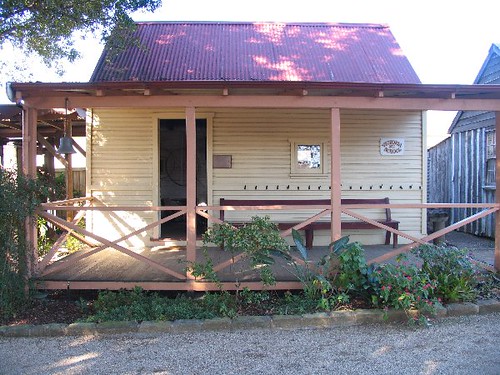
School groups love this one, they have a lesson inside and get to write with pen and inkwell (hey, I remember them!) I remember desks like these too, (of course I was very young - a child prodigy)
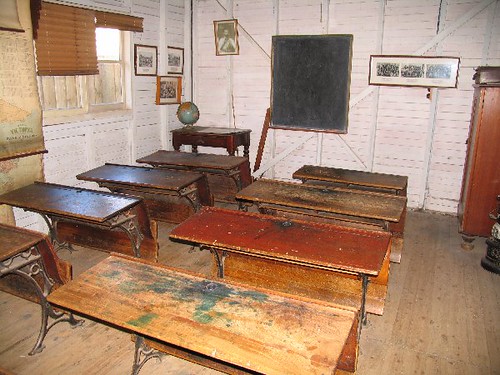
Next is the slab hut
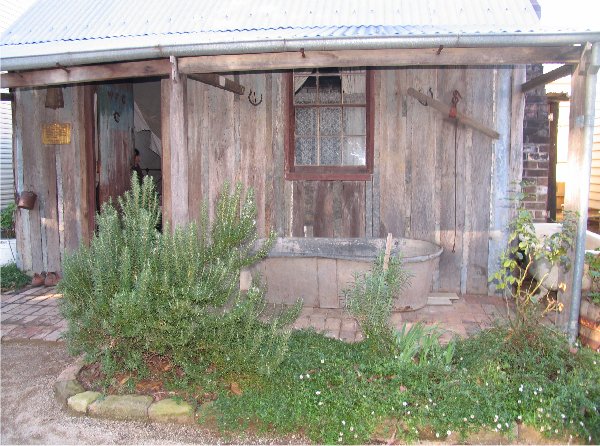
The 1880's slab hut is made from roughly cut Australian hardwood and is classified as a heritage item. It is one of the oldest surviving buildings in the Fairfield area. Thought to have been constructed as early as 1836, it was taken apart and carefully reconstructed here at the museum.
Caversham Cottage was built in 1880 on Smart Street, Fairfield, dismantled and rebuilt at the museum. An example of late Australian Victorian period Georgian style weatherboard cottage.
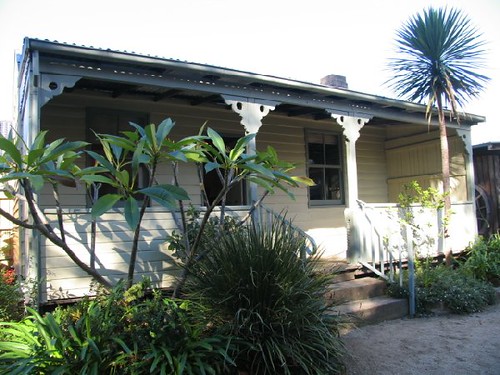
Caversham is a one room cottage, the inside just as it would have been at the turn of the century (1900 that it, not 2000!)
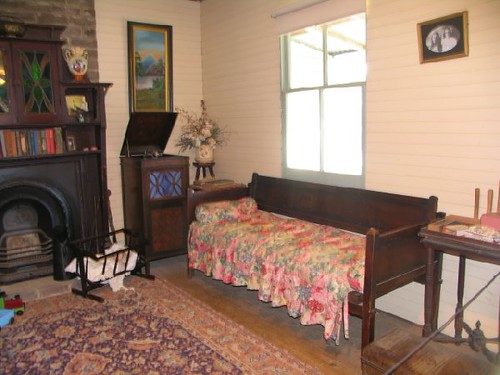
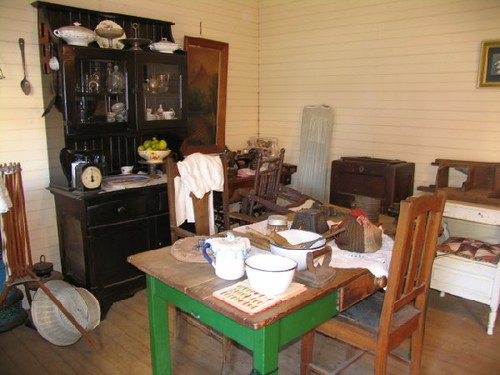
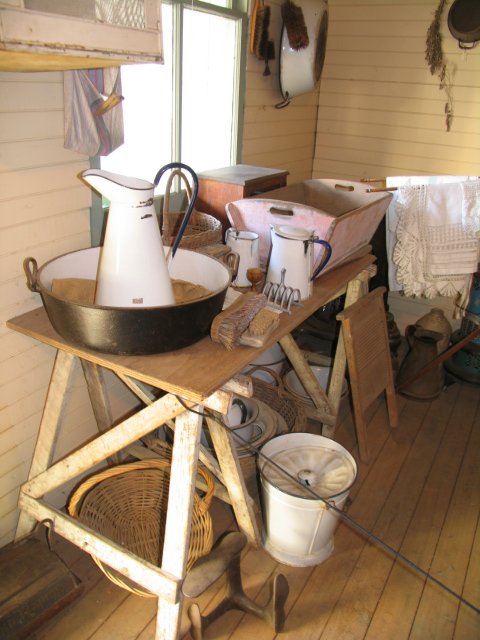
In the corner next the Caversham, is the blacksmith shop, with a couple of very incongruous modern witches hats.
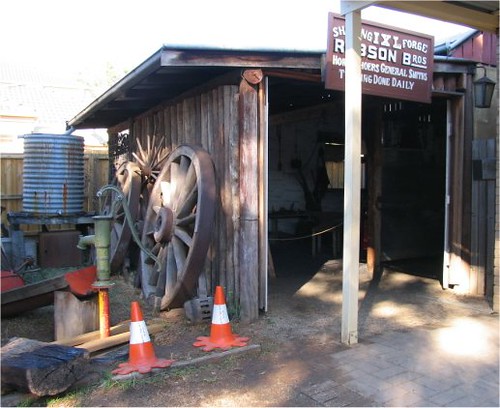
On special open days, a blacksmith gives demonstration in here
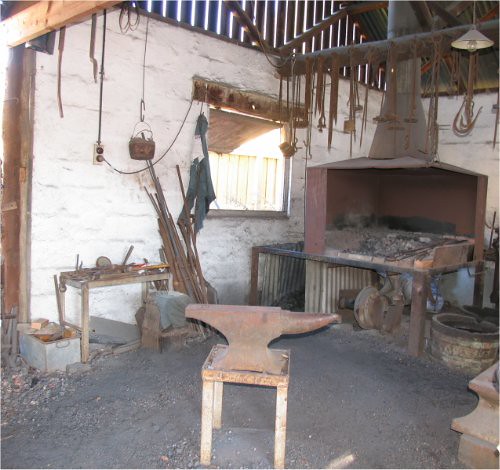
Along the back of the property is the garage
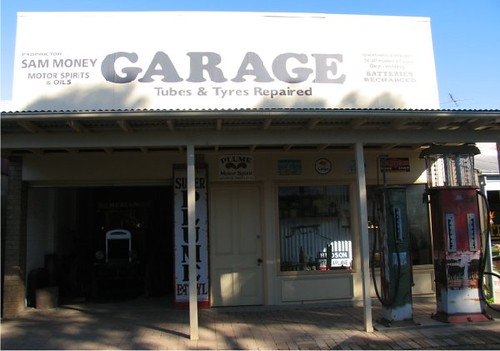
and next door is "The Biz" which was the local newspaper for many years, first published in 1917 - this reproduction of the newspaper office has the original printing press used to produce the newspaper.
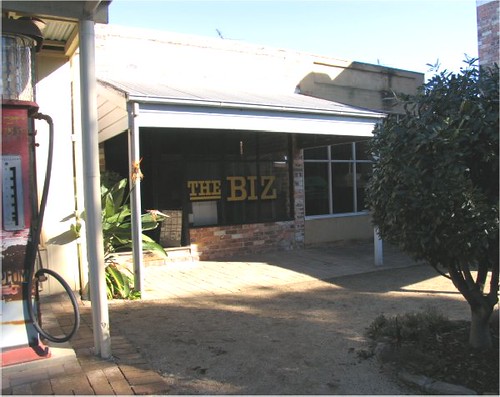
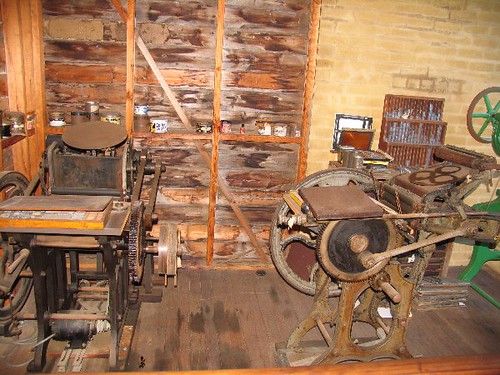
Next is Wheatley's general store which dates back to 1892, this is a reproduction of the original building which still stands in The Crescent, one of Fairfield's main streets.
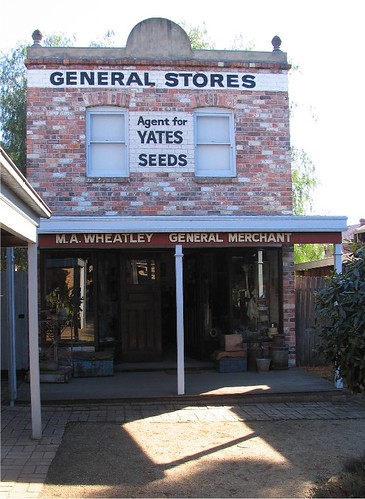
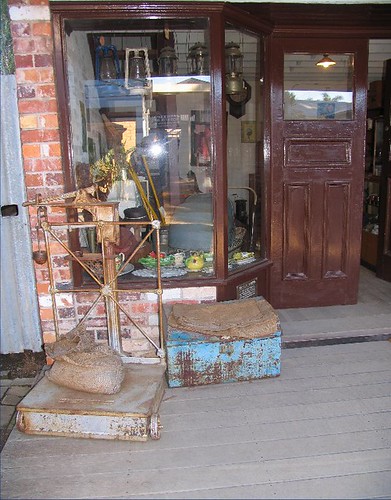
Inside the shop
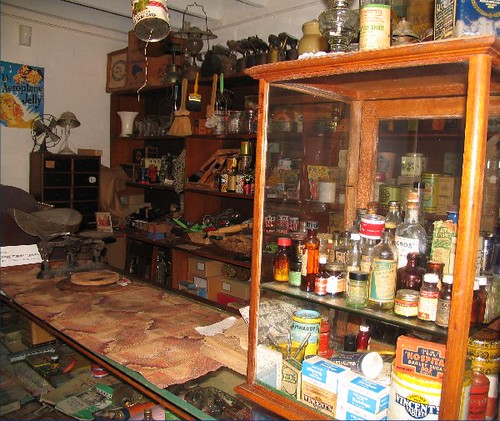
haberdashery:
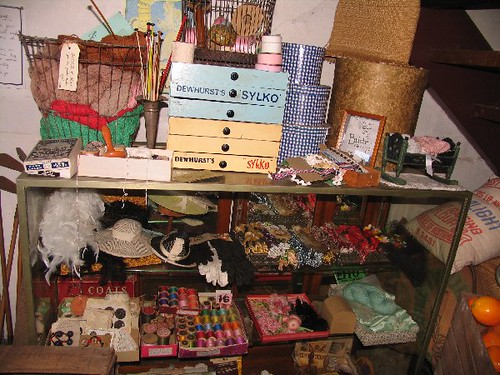
a lovely collection of green depression glass (now worth considerably more than 7 pence!)
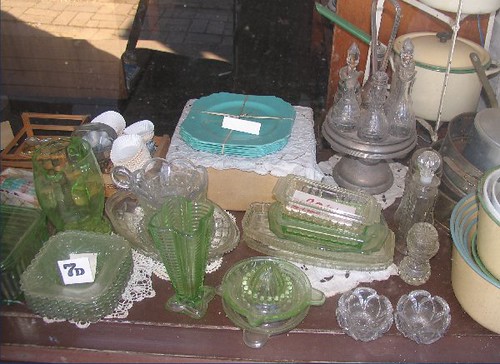
and some nice pottery which I think could be Carlton Ware - hmmm, I'd give them 8 shillings and 3pence ha'penny for the set of leaf plates.....
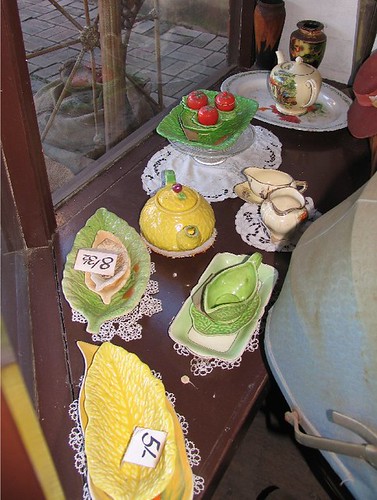
and just before I leave to tackle the traffic outside on Cumberland Highway - the Italian bread oven, not just a decoration, it produces delicious wood-fired bread
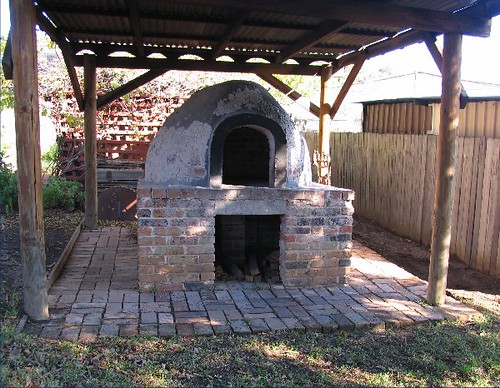

2 comments:
Looks like a very interesting place. How come you didn't claim to have lived in a slab hut?...lol
I love seeing the things households used to use, the foods people ate, and the materials (haberdashery) that they used. The school was interesting too. Looks just a little bigger than the one-room, one-teacher school that I went to. Thanks, Erica, for the great photos.
How was the quilt exhibition?
cheeky miss!
didn't quite make it into a slab hut, but I did once live in the deck house of a freighter that had been turned into a cottage by my grandfather.
The quilt exhibition was great, the gallery specialises in textile work and their shows always have the most inspiring work.
Post a Comment